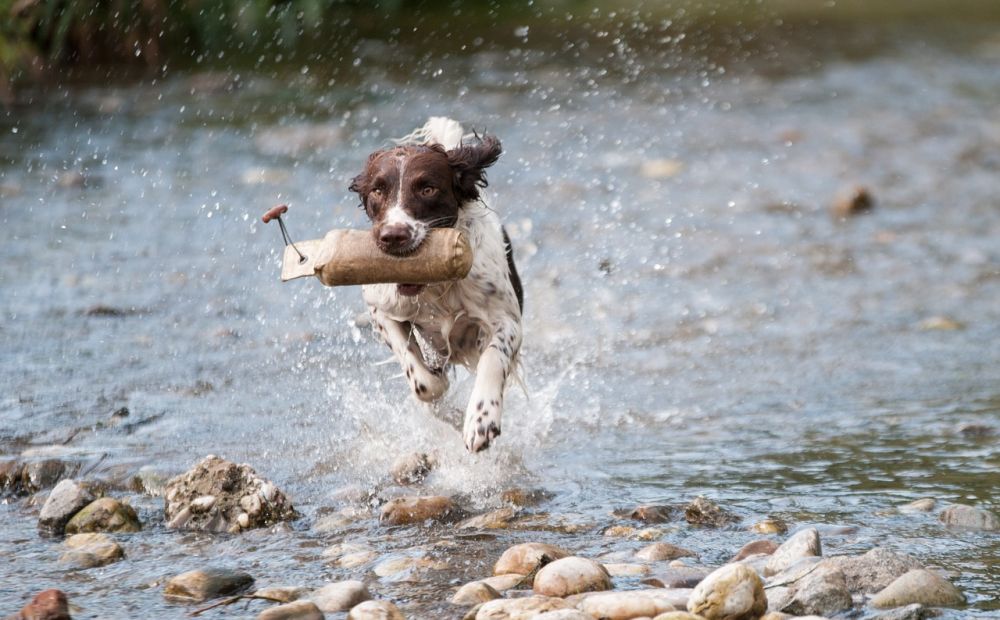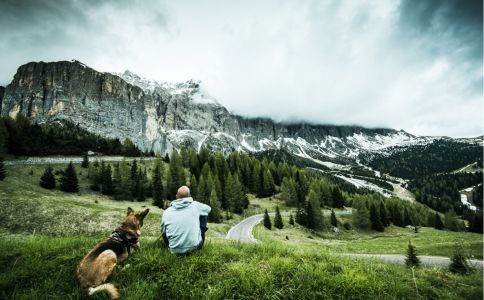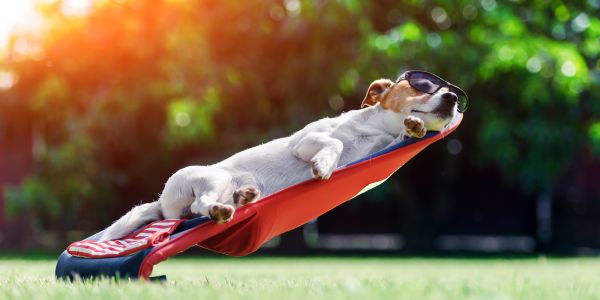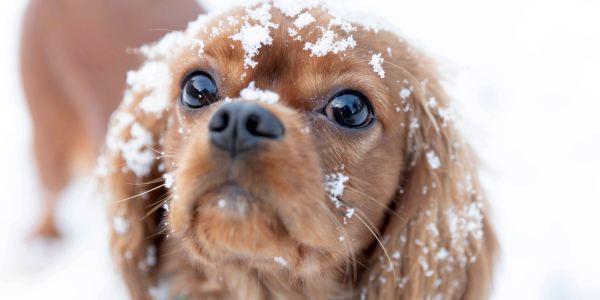How much exercise does my dog need?

23.03.2019
In this blog entry we give you an overview of the most important factors you should pay attention to in order to get the most out of your dog. Important factors such as how much exercise your dog needs are his size, age, race, health status and the individual character of your dog.
Your dog's size is an important factor in how much exercise your dog needs overall. For small dogs, such as Chihuahuas, it is better to do small rounds several times a day, which last only 15-30 minutes, than to do very long rounds. These are usually exhausting for the small dog and can therefore even be counterproductive for the load.
Larger dogs with long legs, on the other hand, need far more exercise to be able to power themselves out. Optimal are three walks daily, which last at least 20 minutes. Better still is a duration of about one hour per walk.
However, it is important to note that both the physique and the mentality of the breed of your dog must be included. Because there are also small dogs, which need for example much movement, like for example Jack Russel Terrier, which have short legs, but are nevertheless very movement-joyful. So you can't really assume that the size of your dog is decisive for how much time you should invest in the movement of your dog, because you should also include the breed and character of your dog.
Individual dog breeds differ in their urge to move. However, the individual character of your dog is decisive. This can also vary within the breed. It is important that you pay attention to your dog's signals in order to understand him. If, for example, you are walking and your dog pulls on the leash, it becomes clear that he needs more space to run and wants to continue to rave. However, if he often sits down and seems exhausted, it is better to take the walk more calmly and calmly.
In addition, the age and state of health of your dog plays a decisive role and signals to you how much exercise your dog needs. Diseases can drag on your dog's strength through pain. Your dog will want to move less as a result. Therefore, pay special attention to the needs of your dog and try to spare him and give him time during the walk. If the dog gets old, the walk should be more relaxed and you should not overload your dog. Older quadrupeds get tired faster and don't have as much energy as before. Therefore it is important that you make your walk more relaxed and calm and that you allow your dog some rest every now and then.
On the whole, there are many points that play a decisive role and are decisive for how much exercise your dog needs. But first and foremost you can say: Don't put pressure on yourself! It usually takes some time to find the perfect routine for you and your four-legged friend. Therefore test out what is good for your dog and pay attention to the signals he gives you. Because a busy dog is a satisfied dog.








